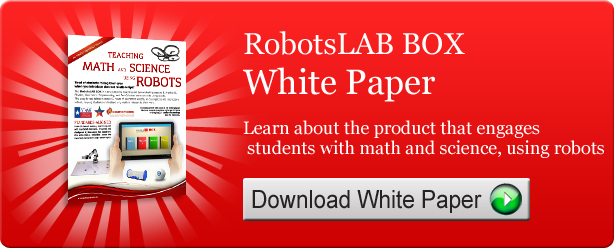Ever wonder why so few students seem to survive the jump from learning arithmetic to math, or algebra?
Many of us found ourselves in exactly that situation.
We wonder what happened to the bright, eager kids that learned so quickly to multiply and divide but stumbled and almost crashed when brought face to face with the simplest of equations.
Was it simply because they had plateaued intellectually with division and were never meant to fly higher?
Was it the fault of their teachers?
Or, as suggested by educator John Barnes, did the fault lie in the tools used by those teachers to try to bridge the gap?
Barnes insists that educators have known for a long time that algebra could not be taught in the same manner as arithmetic because he says, "...arithmetic is taught as procedural training. When you teach the quadratic formula, polynomial factoring or Cramer's Rule as if they were mere complex recipes like long division, you miss the fundamental concepts that are the whole point of studying algebra".
Actually he emphasises that it has been known for “a very long time,” and to prove his point he references a wonderful book written by Mary Boole, wife of George Boole of Boolean Logic fame, in 1909, called Philosophy and Fun of Algebra. Arithmetic, said Mrs. Boole, means dealing with numbers that we know and with answers that can be discovered with the “laws of normal action of the human mind.” 2+2=4 (addition, subtraction, etc. are all hard-wired). But what about 2+x=4? That, she suspected, required the ability--call it rather a skill--to intuit an answer and must be taught in a different manner.
Which brings us back to the present and educator, John Barnes, who believes that one of the best ways to inculcate the ability to bridge the arithmetic-algebra gap for students is the use of software already present on virtually every computer, the spreadsheet.
This will happen, he believes, because while students will at first input numbers “as if the spreadsheet were a calculator,” they will come to realize that if they input variables, “they don’t have to type nearly so much, and...that means having not just this answer this time, but all the answers to all problems of this type, all the time.”
Perhaps Mr. Barnes is on to something here. Certainly using a spreadsheet in this fashion would go a long way toward convincing students that there is more to algebra than abstractions without a practical use in the real world.
Hope some of the educators that read this post and his blog will try it and tell us what they think.
And unlike the spreadsheet, which was never designed with this educational purpose in mind, the Robotlab Box was created for exactly this sort of practical result--hope you’ll give it a try.
A demonstration of one of the RobotsLAB BOX lessons that models the quadratic relationship between the height of the quadcopter and the area that its bottom camera can capture.
A better way to inculcate the ability to bridge the arithmetic-algebra gap for students



